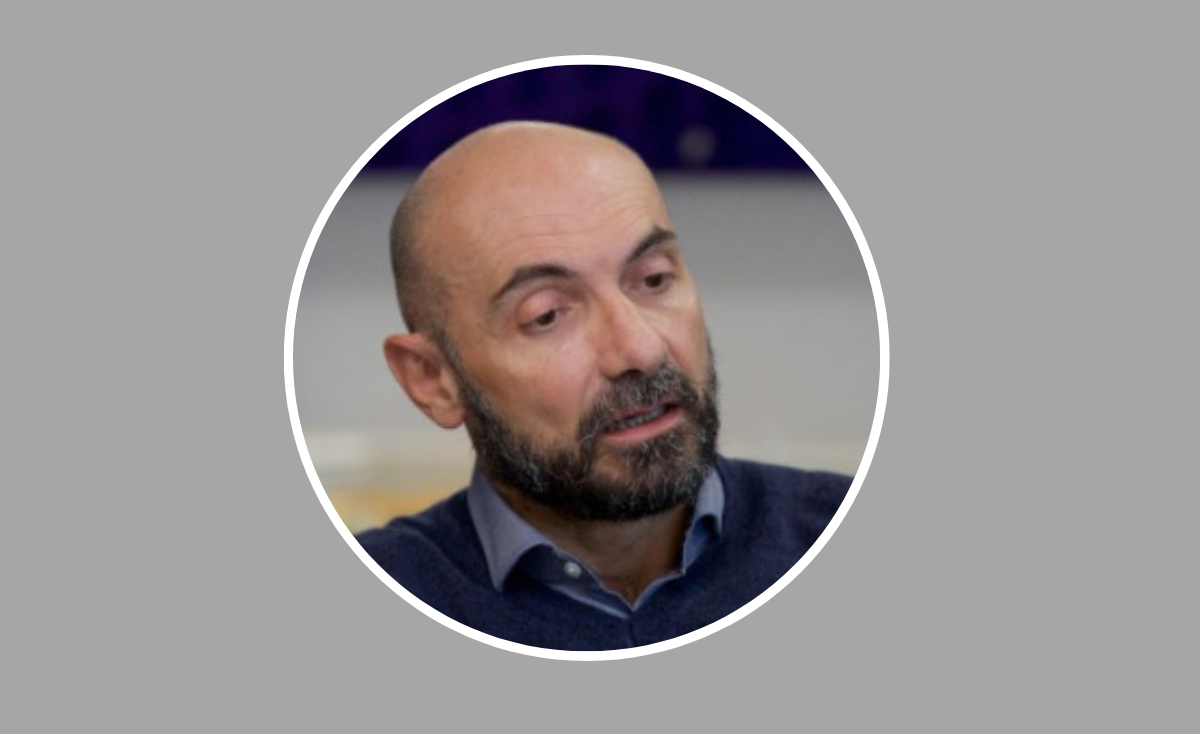
Corrado Pistarino: I would not talk of hidden costs, because that would allude to an element of bad faith on the part of the manager, which is totally unwarranted. I would rather refer to unrecognised costs.
Once a prospective investment has been identified, one of the key components of the due diligence process is to reach a detailed understanding of the compensation structure awarded to the manager together with all ancillary costs associated to the running of a mandate, either segregated or in pooled format.
“This is an area which requires special attention during the due
diligence process.”
Managers usually report both Gross and Net Internal Rate of Return (IRR) targets, based on a central scenario. Net IRR takes into account all costs incurred by the LP’s. Nothing is hidden.
What is missing from this information is the sensitivity of those figures to changes in the cash flow profile, both in magnitude and timing, and the non-linear impact that the compensation structure might have on the final remuneration for the investor.
This is an area which requires special attention during the due diligence process.
Corrado: Both Gross and Net IRR result from a model with multiple inputs: expected profile of capital drawdowns and capital repayments, income generation and/or capital realisations; set-up costs and running costs; management fees on committed and/or drawn capital; structure of the waterfall, including hurdle rate, carried interest, shared interest, catch-up and claw back provisions; equalisation rate; etc.
Any prospective investor should gain a detailed understanding of how these provisions interact with each other, and what their overall impact is in a stress scenario testing.
“A stress test would produce different combinations of Gross and
Net IRR in different states of the world.”
The obvious way to do so is to build a financial model based on the manager’s data inputs and the language contained in the Investment Memorandum or an equivalent legal document.
Beyond the obvious usefulness of a cash flow model for a better appreciation of the risk profile of an investment, a stress test would produce different combinations of Gross and Net IRR in different states of the world under different sets of provisions for how the manager’s fees are levied.
This is valuable information for any investor.
Corrado: Different investors may use the model with different goals in mind.
For segregated mandates or any format where the investor has significant leverage in fee negotiations with the manager, the goal would be to use the results of the stress test to identify an optimal outcome profile.
As an example, an investor with an aversion for return dispersion may want to give up some upside and award the manager a higher carried interest, if other provisions are in place for achieving a narrower return distribution.
“Developing IRR sensitivity to changes in model assumptions can provide the insurer with a comparative view on the inherent riskiness.”
Other investors may have less leverage in their fee negotiations with the managers. However, those investors are likely to run due diligence processes on several managers operating on the same asset class.
In those circumstances, developing IRR sensitivity to changes in model assumptions can provide the insurer with a comparative view on the inherent riskiness and cost structure for multiple prospective investments.
Corrado: Fairness is determined by market forces. Some managers operate in niche segments of capital markets where special expertise or intense manpower is required: the fees they charge investors reflect those features.
Conversely, investors may be willing to pay more to access niche markets because they see that premium to be justified. However, this is not always the case.
A good and simple gauge for determining the expensiveness of a fee structure is fee leakage, which quantifies the difference between Gross IRR and Net IRR.
A full cash flow model would help assessing how both Gross and Net IRR change under different assumptions. However, even a simple look at the two crude numbers can provide an investor with a sense of how much is left on the plate for the manager.
“A good and simple gauge for determining the expensiveness
of a fee structure is fee leakage.”
My own preference is to look at the ratio rather than the difference between the two metrics, to remove the issue of scale, and compute Gross IRR after costs, in order to isolate the fee component that is uniquely attributable to the manager compensation.
Interpreting the fee leakage can be quite a nuanced exercise. Logic dictates that the higher the return achieved, the higher the manager compensation. That would imply a quasi-linear ratio between Gross and Net IRR.
However, higher returns are likely to be more dispersed, i.e. riskier, for the investor: the distribution of the fee leakage in different states of the world should reflect that basic attribute.
Corrado: Insurers should work alongside managers to gain a full understanding of the compensation structure. In my experience, managers are forthcoming in providing all necessary information.
By engaging at a content level, insurers and managers can agree on a compensation structure that is aligned with the risk-return profile of the investor, while ensuring that the manager is fairly compensated for the value generation that s/he is mandated to provide.